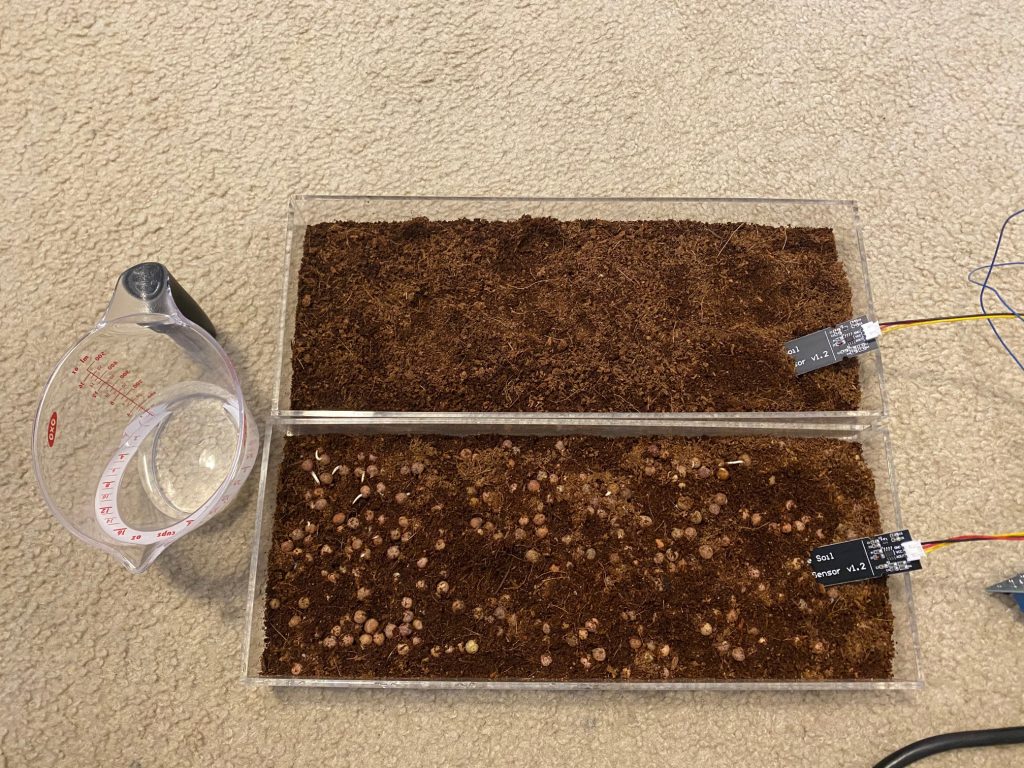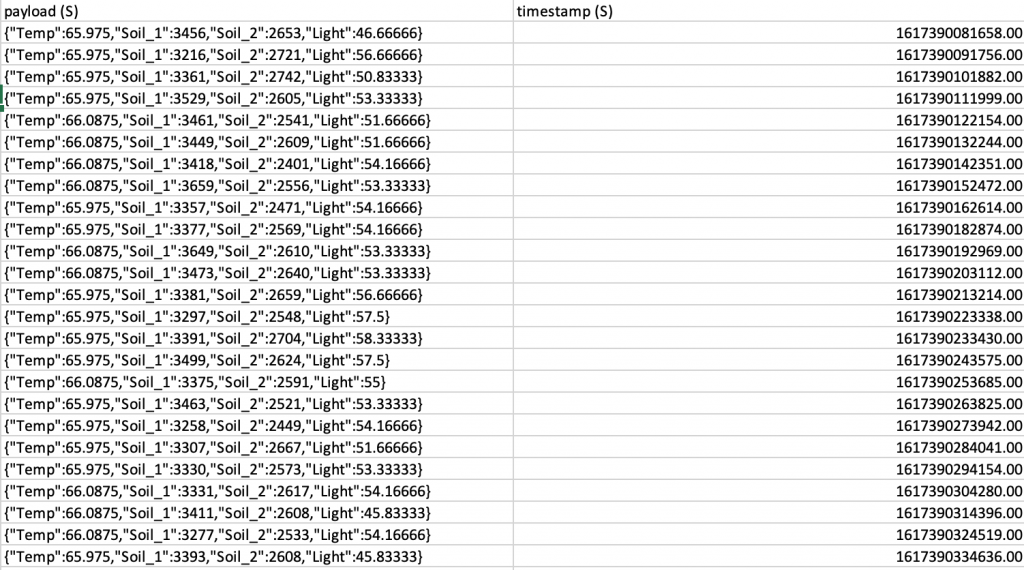This week and the week of the Interim Demo, the team finished up their individual components and completed the Ethics Assignment and Discussion. I worked on recognition of darker spotted diseases on plants. I simulated this by coloring in some of the leaves with reddish/ blackish dots which is the most common pattern of plant disease. Because of the background noise, I implemented a more accurate edge detection method to white out the background, and since some of the disease detection got in the way by the fruits or flowers, I made sure to white out those parts of the image too and only analyze diseases on the leaves. I also implemented bending of the plants by measuring the midpoint of the pot, then connecting flowers to the midpoint to see how bent the stems are from the roots of the plant. I added the Twilio API messaging system to report growth status updates through SMS as well.
I am slightly behind, because I planned on integrating most of the components together by today, but I am having some issues detecting dark spotting diseases, so I will be working on correcting that today before I move on and will work on connecting the whole system tomorrow.
Next week, I plan to have most of my testing done so that I have some testing and metrics to show for the final presentation, I would like to work on setting up the RPi to run the CV automatically when the RPi boots. Since I am coming to Hiroko’s place on Monday, I will also integrate the RPi and CV application with the greenhouse, so hopefully we can get the live stream embedded onto the website.
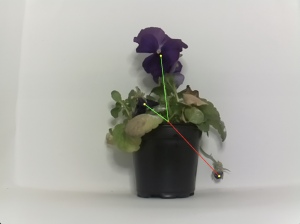
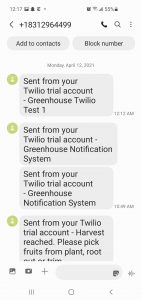

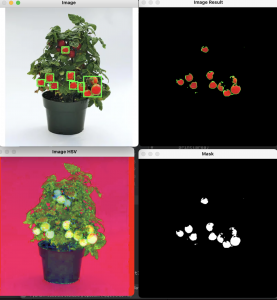
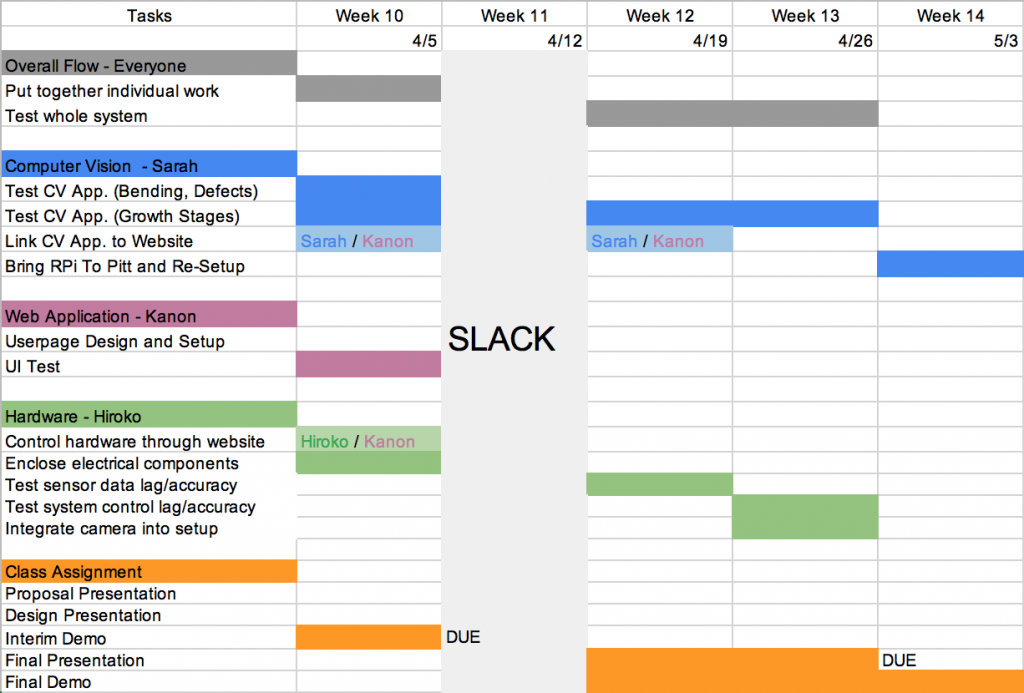
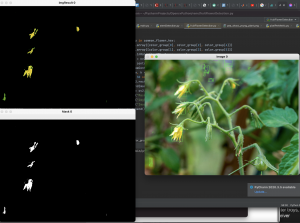
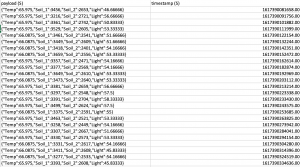
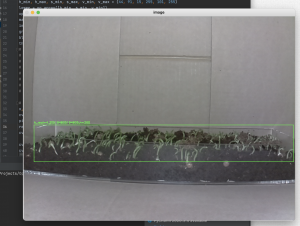
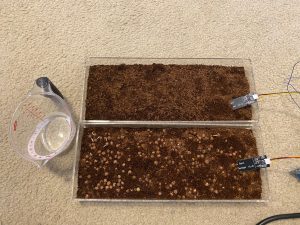
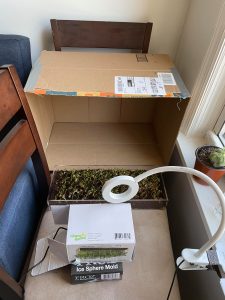
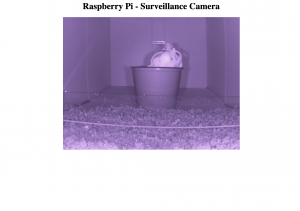 .
.